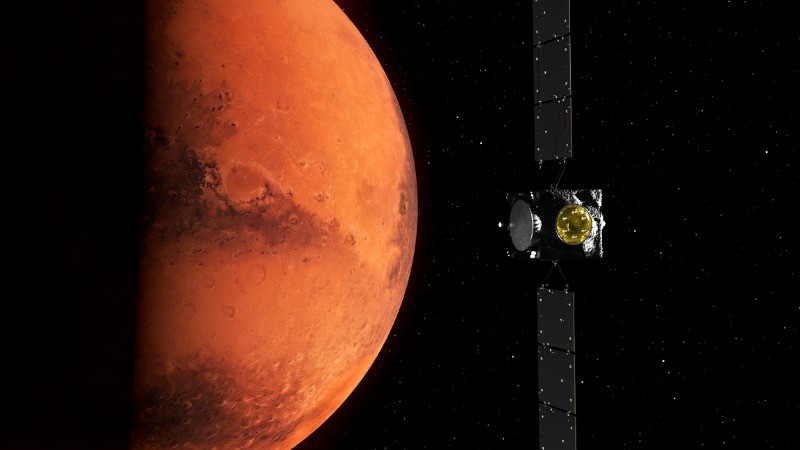
The European Space Agency (ESA) is set to launch its Hera spacecraft on a mission to study the aftermath of NASA’s Double Asteroid Redirection Test (DART), which successfully crashed into the asteroid Dimorphos in 2022. This event marked the first test of Earth’s planetary defense system, designed to deflect potentially dangerous asteroids. Hera’s mission will involve inspecting the asteroid to evaluate the damage caused by the DART impact and collecting important data on Dimorphos.
DART’s Success in Deflecting an Asteroid
The DART mission succeeded in altering the trajectory of Dimorphos, a pyramid-shaped asteroid located about 11 million kilometers from Earth. The impactor, roughly the size of a refrigerator, effectively shifted the asteroid from its original path, demonstrating that humanity can potentially protect itself from future asteroid threats.
Why Hera’s Mission Is Critical
Despite DART’s success, there are still many unanswered questions. Scientists are uncertain about the extent of the damage and what the asteroid's condition was before the impact. To resolve these issues, ESA is sending Hera on a “crime scene investigation” to better understand how Earth can defend itself against asteroids that might pose a danger in the future.
Hera is scheduled to launch on a SpaceX Falcon 9 rocket from Cape Canaveral, Florida. However, a recent issue with SpaceX’s Crew-9 mission has raised concerns about a potential delay. ESA’s project manager, Ian Carnelli, mentioned that approval is still needed from the US Federal Aviation Administration, NASA, and SpaceX. The launch window is open until October 27.
Once launched, Hera will fly past Mars next year and is expected to reach Dimorphos by December 2026. Over a six-month period, it will investigate the asteroid using 12 scientific instruments. Hera’s mission will also deploy two nanosatellites—Juventas, which will attempt to land on Dimorphos to measure its gravity, and Milani, which will study the asteroid’s composition and assess the effects of DART’s impact.
The Threat of Asteroids
While asteroid impacts are rare, they can cause significant destruction. An asteroid over a kilometer wide could trigger a global catastrophe, similar to the one that led to the extinction of the dinosaurs. However, such events are extremely infrequent. Asteroids around 140 meters wide, like Dimorphos, could still cause severe damage, potentially destroying a large city.
Most asteroids originate from the asteroid belt between Mars and Jupiter. Almost all those larger than a kilometer wide have been identified, and none are expected to threaten Earth in the next century. However, only about 40 percent of the 140-meter-wide asteroids have been discovered.
Patrick Michel, principal investigator for the Hera mission, highlighted that humanity now has the tools to defend itself from asteroid impacts.
Dimorphos, a small moonlet orbiting the larger asteroid Didymos, was never a threat to Earth. After DART’s collision, Dimorphos shed debris and its orbit shortened by 33 minutes, confirming that the deflection was successful. However, scientists suspect that Dimorphos may not be a solid rock but rather a loose collection of rubble held together by gravity, adding complexity to understanding how these small bodies behave.
By studying the results of the DART impact, Hera will offer valuable insights into the nature of asteroids and how Earth can protect itself from potential future threats.